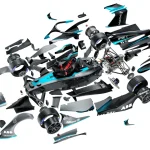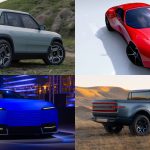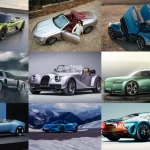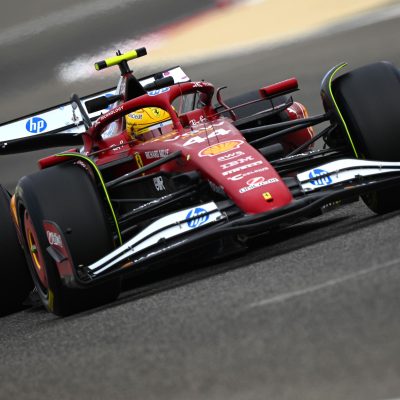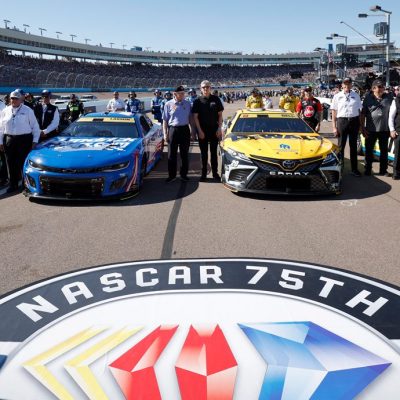By a Devotee of Downforce and Dreams
Some machines do more than win races—they become legends. They rumble through history, echoing in the hearts of fans long after the checkered flag falls. Their silhouettes are tattooed onto posters, their liveries immortalized in scale models, their stories whispered in pit lanes like sacred folklore.
In motorsport, iconic racing cars are more than metal and rubber—they’re movements. Born from a perfect storm of engineering genius, fearless driving, and historical timing, these beasts transcend their eras. They define what it means to race. They make us believe that sometimes, a car can have a soul.
This is their legacy.
The Ford GT40: The American Thunderclap

You can almost hear it before you see it—a deep, snarling V8, bellowing across the Mulsanne Straight like a war cry from Detroit. The Ford GT40 didn’t just win races; it was a rolling middle finger to Ferrari.
In the mid-1960s, Henry Ford II wanted to buy Enzo Ferrari’s company. Enzo said no. Ford replied by building a car with one goal: beat Ferrari at Le Mans.
The GT40 didn’t just win—it dominated, taking four straight victories at Le Mans from 1966 to 1969, forever cementing its place in motorsport mythology. Low-slung, aggressive, and ruthlessly fast, the GT40 wasn’t elegant like a Ferrari—it was brutal. American muscle in European armor.
It wasn’t just a car. It was a revenge plot on wheels—and it worked.
Porsche 917: The Widowmaker That Rewrote History
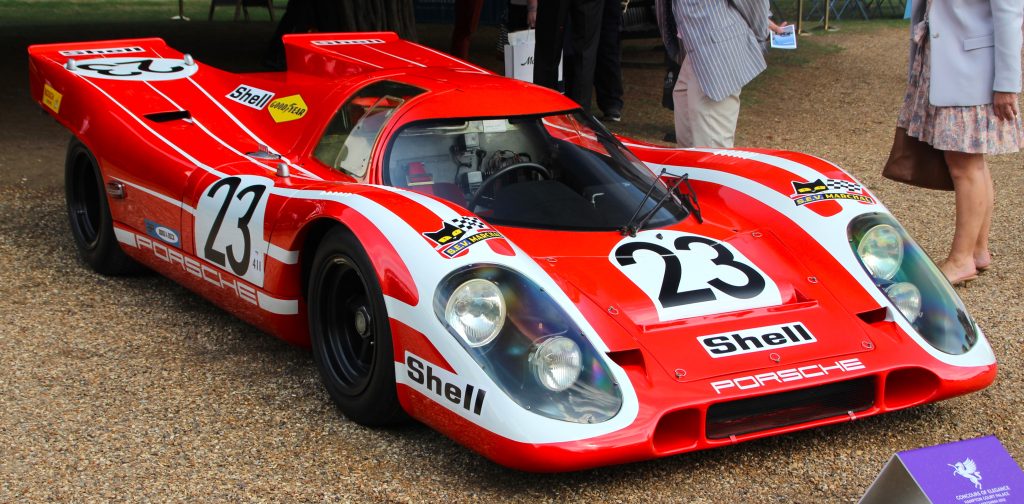
To drive a Porsche 917 in the early ’70s was to stare death in the face at 370 km/h—and wink.
The 917 began its life as a monster—barely controllable, terrifyingly fast, and notoriously unstable. Drivers called it “The Widowmaker.” But when Porsche tamed the beast, it became one of the most dominant prototypes ever created.
Its 1970 and 1971 Le Mans victories weren’t just wins—they were masterclasses in engineering evolution. The 917’s flat-12 engine screamed like an opera from hell, while its long-tail version cut through air like a dagger.
And then came Hollywood. Steve McQueen’s Le Mans film turned the 917 into a pop culture icon, its Gulf livery as recognizable today as any superhero costume.
The 917 wasn’t just fast—it was mythical.
McLaren MP4/4: The Apex of Perfection

In the crisp red-and-white livery of Marlboro came a car that changed the face of Formula 1: the McLaren MP4/4.
Driven by two gods of speed—Ayrton Senna and Alain Prost—the MP4/4 annihilated the 1988 season, winning 15 of 16 races. It was a fusion of genius: Honda’s razor-sharp turbo V6 engine, Gordon Murray’s masterclass in low-line aerodynamics, and McLaren’s brutal pursuit of perfection.
But it wasn’t just about the numbers. Watching Senna wrestle the MP4/4 through Monaco’s corners was like witnessing poetry etched in rubber and carbon fiber. The car obeyed like it was part of his body, and the legacy they built together became legend.
The MP4/4 wasn’t just fast. It was flawless—a machine so good it felt unfair.
Audi R8 LMP: The Silent Dynasty

While other teams shouted, Audi whispered—and then won.
From 2000 to 2005, the Audi R8 LMP didn’t just race at Le Mans; it owned it. This sleek silver prototype was built with German discipline and a sharp understanding of endurance racing. Lightweight, modular (you could swap a rear end in minutes), and ruthlessly reliable, the R8 delivered five Le Mans victories in six years.
It wasn’t the loudest or most flamboyant. But in the language of endurance, consistency is king—and the R8 was royalty. It marked the beginning of Audi’s dynasty in endurance racing, setting the stage for hybrid domination later on.
While others burned bright and briefly, the R8 was the metronome of motorsport.
Ferrari 250 GTO: Beauty on the Brink

Some cars race. The Ferrari 250 GTO seduces.
With its impossibly curvaceous body and snarling V12, the GTO wasn’t just a racing car—it was art on wheels. Built for the FIA’s GT class in the early ’60s, only 36 units were made, making it as rare as it is revered.
But don’t be fooled by its beauty. The 250 GTO tore up racetracks across Europe, winning the Tour de France Automobile three times and dominating the GT championship scene. It balanced elegance and aggression like a matador in a crimson cape.
Today, it’s more than a car—it’s an investment, a dream, a grail. One example sold for over $70 million, making it the most expensive car ever sold.
The 250 GTO didn’t just race history—it became part of it.
Lancia Delta Integrale: The Rally Warrior
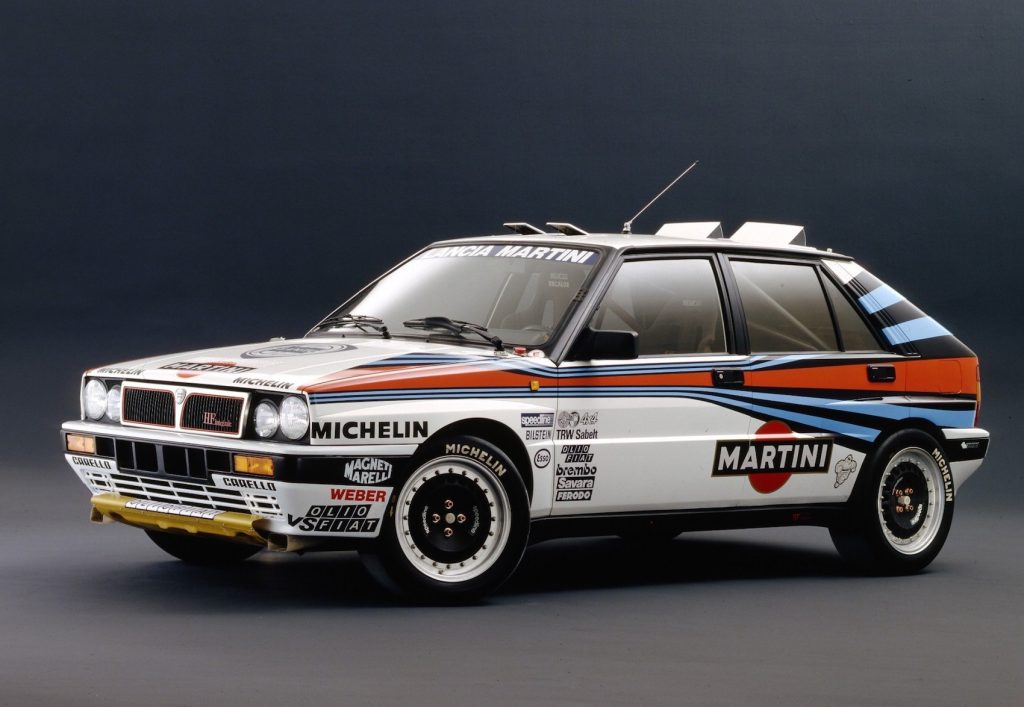
Away from the circuits and into the mud and snow came the Lancia Delta Integrale, the snarling beast of rallying that carved its legacy with a four-wheel drift.
This angular hatchback may not look as sexy as a Ferrari, but in rally folklore, it’s the king. Between 1987 and 1992, it racked up six consecutive World Rally Championships for manufacturers. That’s domination of biblical proportions.
Boxy, turbocharged, and born to bite into gravel, the Integrale was the people’s champion. You could imagine one parked in your driveway—until it vanished into the forest at 160 km/h with flames spitting from its tailpipe.
It didn’t just win rallies. It ignited them.
Mercedes-Benz W196: The Silver Arrow Reborn
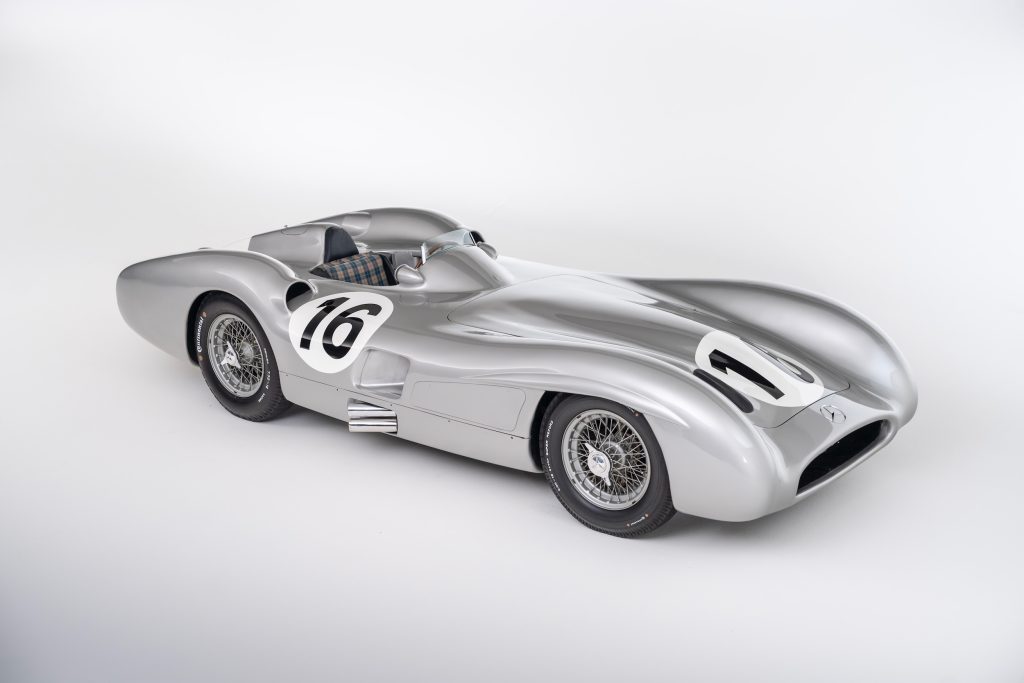
After World War II, Germany returned to motorsport with a whisper that turned into a roar: the Mercedes-Benz W196.
With Juan Manuel Fangio behind the wheel, the W196 obliterated competition in 1954 and 1955, bringing the legendary Silver Arrows back into the spotlight. With innovations like fuel injection and streamlined bodies, it looked and moved like a machine from the future.
More spaceship than racecar, it was a blend of grace and fury. It’s the car that helped cement Fangio’s status as one of the greatest drivers in history, and Mercedes’ reputation as a builder of relentless excellence.
Even today, its sleek form and historical weight command reverence.
Modern Legends: Toyota GR010 Hybrid & Porsche 963

Iconic legacies aren’t all in the past. The future is already roaring.
The Toyota GR010 Hybrid has carried the torch into the new Hypercar era at Le Mans, dominating the early seasons of WEC’s rebirth. It’s part spacecraft, part rolling data center, managing complex hybrid systems at breakneck speeds.
Likewise, Porsche’s 963 marks a return to top-class endurance racing for the Stuttgart giant. It carries the DNA of the 919 Hybrid, a car that won Le Mans three times and rewrote the rulebook of hybrid performance.
These machines aren’t just built for speed. They’re built for the future of racing, carrying the legacy of icons while forging new legends on electric arcs and carbon wings.
What Makes a Racing Car Iconic?
Not every fast car becomes an icon. So what’s the secret?
- Dominance: Whether for a season or a decade, icons win when it counts.
- Design: They look like winners—striking silhouettes, unforgettable liveries.
- Stories: Behind every icon is a story—a rivalry, a comeback, a tragedy, a triumph.
- Innovation: They change the game, forcing others to catch up or fall behind.
- Emotion: They make fans feel. That’s the hardest part to define—and the most important.
Legacy on Four Wheels
The icons of motorsport don’t age. They evolve. They haunt garages, inspire engineers, and stir the hearts of fans. They remind us that racing isn’t just about lap times—it’s about stories written in speed, carved into asphalt, and echoed through generations.
They are the thunder we still hear on quiet nights.
They are the ghosts in the garage.
They are the legacy of racing—and it’s still being written.
Let the engines sing.

